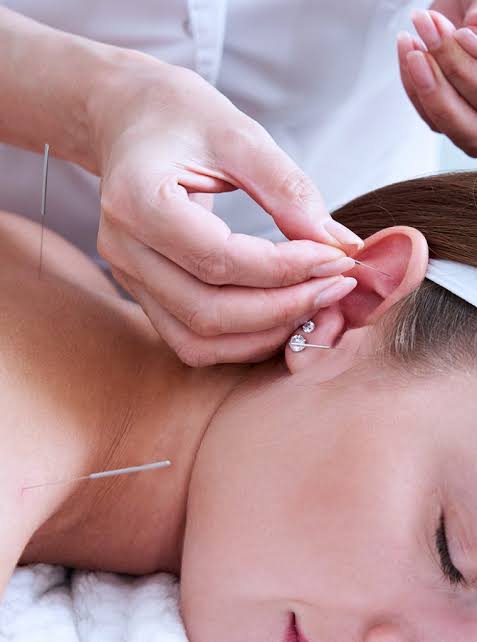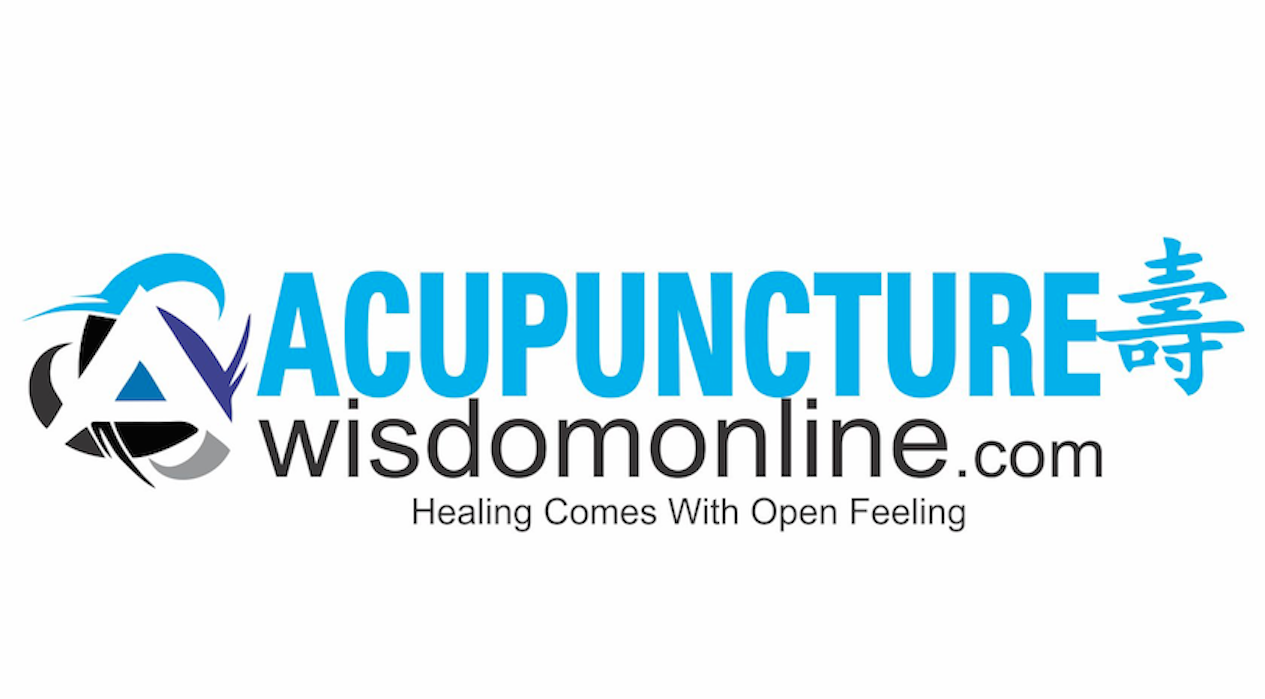An exploration of the history, development, and modern role of acupuncture, including its origins in ancient China, revival in the 20th century, and global acceptance in traditional and alternative medicine.
 Acupuncture in the Year 1888?
Acupuncture in the Year 1888?
In the year 1888, acupuncture was a widely practiced form of traditional Chinese medicine. Common acupuncture practices during this time included the use of fine needles made from various materials such as bronze, silver, and gold, which were inserted into specific points on the body to stimulate energy flow and restore balance. Additionally, moxibustion, a technique involving the burning of mugwort near the skin to warm and stimulate acupuncture points, was also commonly used in conjunction with acupuncture treatments. These methods were based on the ancient belief that energy, known as qi, flows through the body along pathways called meridians, and the goal of acupuncture was to unblock and balance this energy flow for healing and wellness.
The Ming dynasty, which flourished from 1368–1644, significantly contributed to the development and documentation of acupuncture principles. Their comprehensive understanding of acupuncture techniques and theories laid a strong foundation for the practice, paving the way for its continued evolution and refinement over the centuries. The Ming dynasty’s influence on acupuncture’s development during this period was characterized by detailed publications and teachings that codified the application and effectiveness of acupuncture, ensuring its preservation and dissemination to future generations. This rich historical legacy played a crucial role in shaping the acupuncture practices that were prevalent in the year 1888, contributing to the continued use and recognition of acupuncture as a reputable form of therapy.
The revival of acupuncture by the Communist Government in 1949 had a profound impact on the preservation and modernization of acupuncture practices. The establishment of acupuncture research institutes in the 1950s and its integration into numerous hospitals not only revitalized the traditional form of healing but also facilitated its global spread. As a result, the impact of the Communist Government’s initiatives in the mid-20th century had a lasting influence on the trajectory of acupuncture, reinforcing its status as a widely accepted and integrated form of traditional and alternative medicine around the world.
## Acupuncture in the Year 1888 Acupuncture practices in the year 1888 were deeply rooted in traditional Chinese medicine, with the Ming dynasty playing a significant role in its development. During this time, acupuncture was commonly performed using sharpened stones and long, sharp bones as tools to stimulate specific points on the body to restore the flow of “qi,” or vital energy. The Ming dynasty, which flourished from 1368–1644, contributed to the principles and documentation of acupuncture, laying the foundation for its continued practice and development. The Communist Government also played a pivotal role in reviving and promoting acupuncture in 1949\. Following years of decline in interest, the government established acupuncture research institutes in the 1950s and integrated the practice into several hospitals, leading to its widespread availability and acceptance in China and beyond.

Ear Acupuncture Development
The development of ear acupuncture has a rich historical background, tracing back to ancient civilizations such as Egypt and Greece, where early forms of auricular therapy were documented. The significant contributions of Dr. Paul Nogier, often referred to as the “Father of Auriculomedicine,” played a pivotal role in shaping the field of ear acupuncture. Dr. Nogier’s groundbreaking presentation of the first ear chart at a congress in Marseille, France in 1956 marked a significant milestone in the evolution of auricular medicine, paving the way for the global dissemination of ear acupuncture techniques and knowledge.
The diffusion of ear acupuncture from France to Japan and then to China underscores the interconnectedness of medical practices across different cultures and geographies. This exchange of knowledge not only facilitated the spread of ear acupuncture but also led to diverse interpretations and advancements in the field. Subsequent research attempts to elucidate the physiological basis of the vascular autonomous signal (VAS) associated with ear acupuncture have sparked ongoing scientific inquiry, contributing to an enhanced understanding of the mechanisms underlying auricular therapy.
Moreover, the evolution of ear acupuncture charts, from the publication of the first comprehensive “Loci Auriculomedicinae” in 1975 to the development of advanced 2-dimensional and 3-dimensional ear charts, reflects the continuous refinement and innovation in the visualization and mapping of auricular points. Dr. Bahr’s pioneering work on the New Ear Acupuncture Chart stands as a testament to the ever-growing potential to enhance the efficacy and precision of auriculotherapy, shedding light on promising avenues for improving the quality of ear acupuncture treatment.
Exchange of Medicinal Practices
The exchange of medicinal practices between Japan and Europe during the Edo period had a profound influence on the evolution of Japanese traditional medicine. This period, lasting 265 years, was characterized by social order and peace, which fostered the development of a unique Japanese culture and medicine. Notably, Waichi Sugiyama, a blind acupuncturist, made a groundbreaking contribution by devising the needle tube insertion method. This innovation not only revolutionized the practice of acupuncture but also led to the expansion of acupuncture and massage as occupations for the blind, contributing to the inclusivity and accessibility of these healing arts within Japanese society.
Moreover, the exchange of ideas between Japan and Europe resulted in the introduction of Japanese acupuncture into Europe. This exchange also saw the widespread acceptance of Dutch medicine through contact with Holland. The integration of these medical practices from one region to another not only enriched the knowledge base but also influenced the medical system in both Japan and Europe. The cross-pollination of medicinal practices during this period played a pivotal role in shaping the diverse and holistic approaches to healthcare that continue to inspire professionals and patients worldwide.
Revival and Global Spread of Acupuncture
The decline of interest in acupuncture during the 17th century was a significant setback for the practice. However, a pivotal moment in the history of acupuncture occurred in 1949 with the revival of the practice by the Communist Government in China. This revival led to the establishment of acupuncture research institutes in the 1950s, marking a turning point for the accessibility and acceptance of acupuncture in modern healthcare systems.
As a result of the resurgence of interest and investment in acupuncture, the practice began to spread globally. Countries such as Korea, Japan, America, and Britain saw the integration of acupuncture into their traditional and alternative medicine systems. This spread was a testament to the growing recognition of acupuncture as an effective and valuable therapeutic approach. An important milestone in the global acceptance of acupuncture took place in 1971 when a member of the US press corps received acupuncture treatment in China. This event sparked widespread interest and curiosity about the procedure, ultimately contributing to its growing popularity and adoption in various parts of the world.
The revival and global spread of acupuncture not only reshaped the landscape of modern healthcare but also facilitated the exchange of knowledge and practices across cultures, paving the way for the integration of traditional Eastern medicine into Western healthcare systems.
Modern Role of Acupuncture
The modern role of acupuncture in healthcare is multifaceted and continues to gain significance. Acupuncture has been integrated into various healthcare settings, including hospitals, clinics, and wellness centers, showcasing its expanding reach and acceptance. For example, in the United States, the National Institutes of Health has recognized acupuncture as a complementary therapy for various conditions, further solidifying its place in modern healthcare.
Moreover, acupuncture’s role in addressing chronic pain has garnered attention, with research indicating its effectiveness in managing conditions such as back pain, migraines, and arthritis. This has led to the incorporation of acupuncture into pain management programs and rehabilitation centers, offering patients an alternative or adjunctive approach to conventional treatments.
Furthermore, the global acceptance of acupuncture in traditional and alternative medicine is evident in its widespread practice in countries like China, Japan, Korea, and the United Kingdom. The integration of acupuncture into various medical systems underscores its adaptability and continued relevance in addressing a wide range of health concerns. As a result, acupuncture has become a pivotal component of holistic healthcare, emphasizing the interconnectedness of the mind, body, and spirit in promoting overall well-being.

©2023 RobinTimSo


